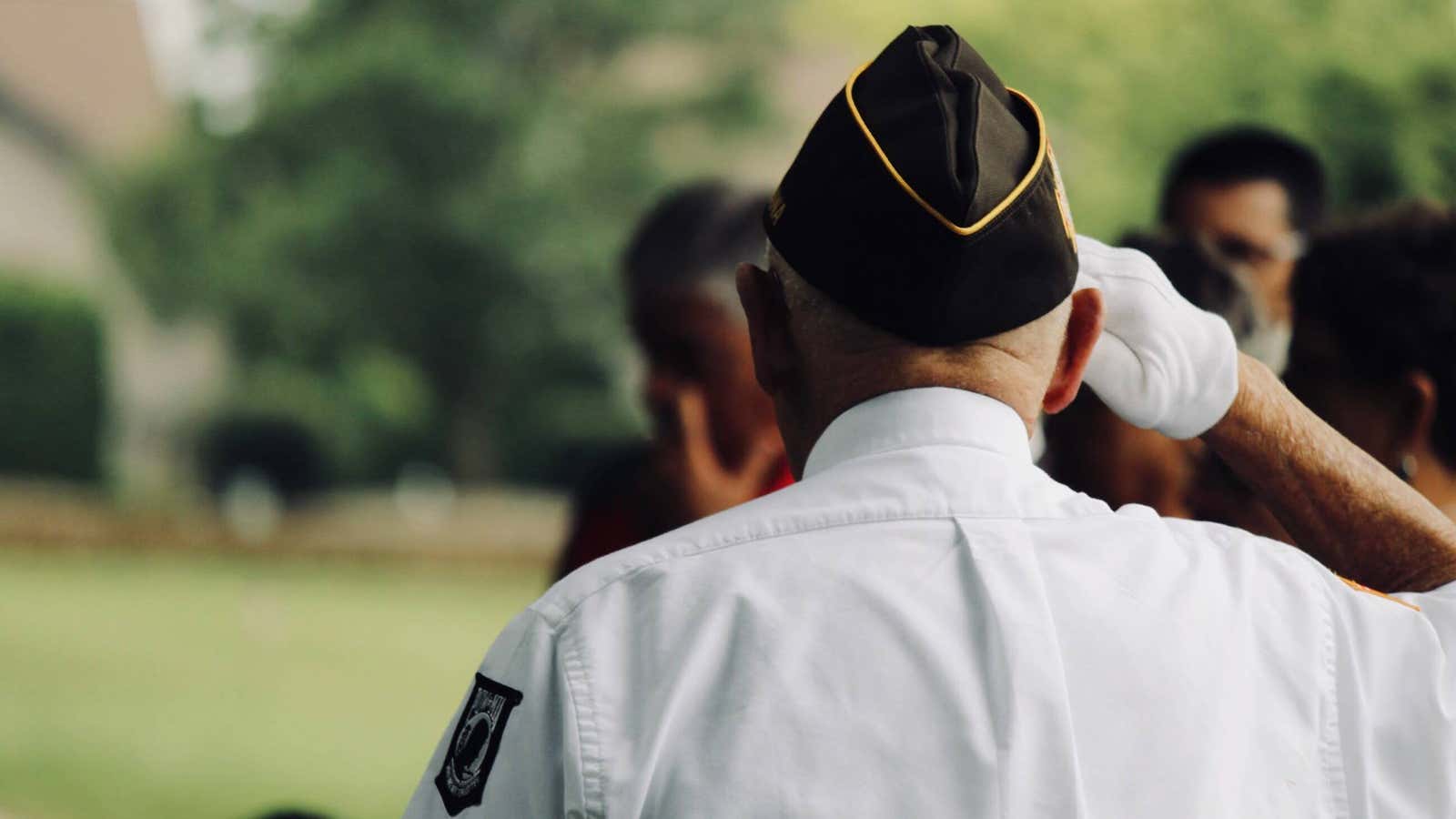How to Find the Service Records of a Family Member During World War II

The 75th anniversary of D-Day last week reminded many of the children and grandchildren of WWII veterans that we still don’t know the details of so many of their stories. Any description of their experience in the war that was passed on was often a vague description of what really happened – the full truth was too difficult to tell neither the veteran nor the spouses they left behind.
As reporter Dave Phillips writes for The New York Times , most of these veterans are now dead, leaving family members looking to fill in the gaps.
Many of the Americans who fought to crush the Axis in World War II returned home with similar feelings – in fact, so many that those who were hailed as the greatest generation could just as easily be called the quietest.
Where did they serve? What did they do and see? Spouses and children often learned not to ask. And by now, the majority no longer stand a chance: of the 16 million American war veterans, less than 3 percent are alive, and all of them are in their 90s or more.
In some cases, recreating a veteran’s story is challenging. In particular, the Army archives were largely damaged or destroyed in the 1973 fire at the St. Louis Archives Center, where they were kept. But the Navy and Marine Corps records remain intact, and even some of the damaged army records may contain previously unknown details.
“Sometimes everything but the name on the payroll was destroyed,” said Dan Olmsted, a World War II museum researcher. “But fire is fun. Sometimes the files that were in the center of the fire were saved. “
This makes file requests for army veterans something of a dice roll. But Mr. Olmsted said that he often looked through pages half burnt in flames and crumpled with water, and still could make out vital details of the soldier’s life.
If you want to know the details of what your loved one went through during World War II, you have several options:
take a look yourself
This is the cheapest (free), but the most difficult option. Anyone can view the records of WWII troops in St. Louis , but the prevalence of military jargon and acronyms can confuse you even more than when you started. You may also be unaware of what types of records — including those maintained by the unit commander — will be useful.
Hire a researcher
With a starting price of $ 99, a researcher at the National World War II Museum in New Orleans will retrieve and read a soldier’s file from the national archives. Depending on how many records are available to the researcher, the creation fee for all documents and their summaries can be as high as $ 399.
With all my might
The museum’s website states that researchers will create a book based on your veteran’s experience for $ 2,499 – provided there are sufficient records to support this:
This volume will include all documents presented in the PLUS package, as well as a detailed military biography, including enlistment, basic and specialized training, unit history, deployment areas, and a summary of relevant battles or campaigns during the war. Additional materials may include maps, images, diagrams, etc.
Typically, members of the armed forces are archived and open to the public 62 years after a member of the military is discharged from the army. Discharge records for the last 62 years are subject to restricted access. Here you can find more information on how to request all types of military archives .
To learn more from Lifehacker, don’t forget to follow us on Instagram@lifehackerdotcom .